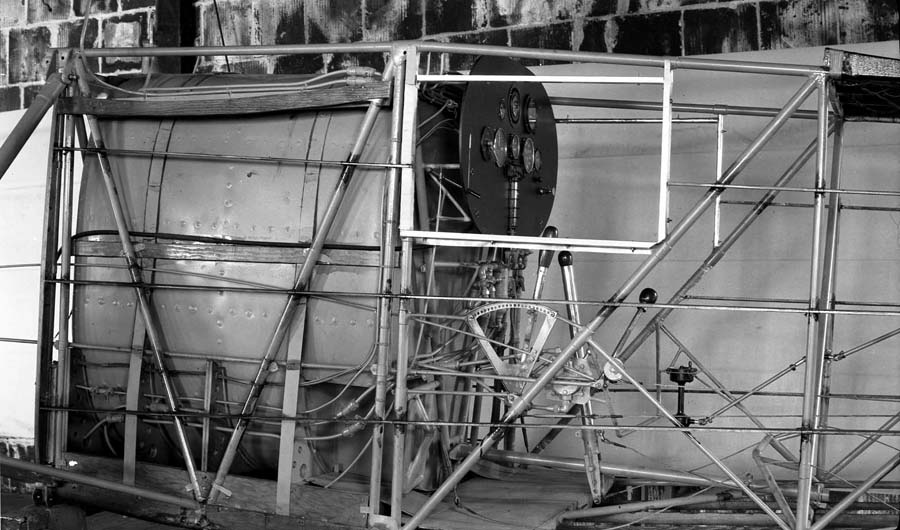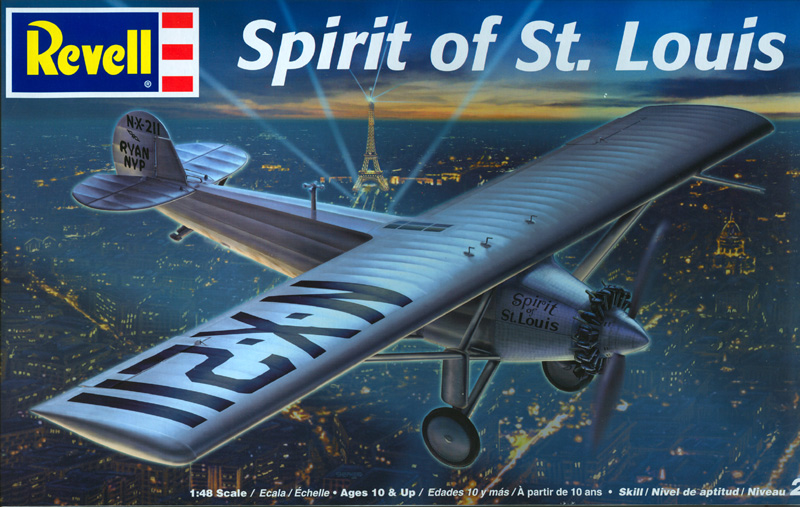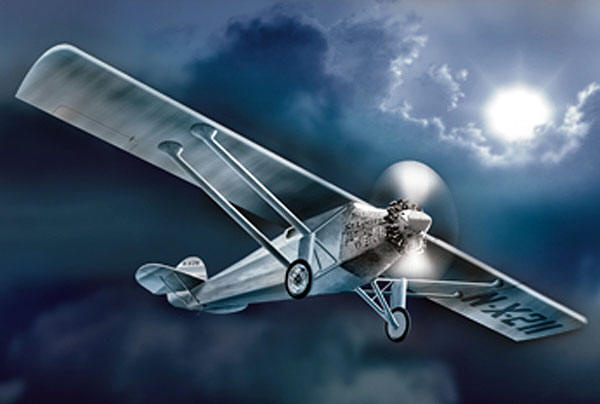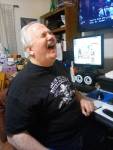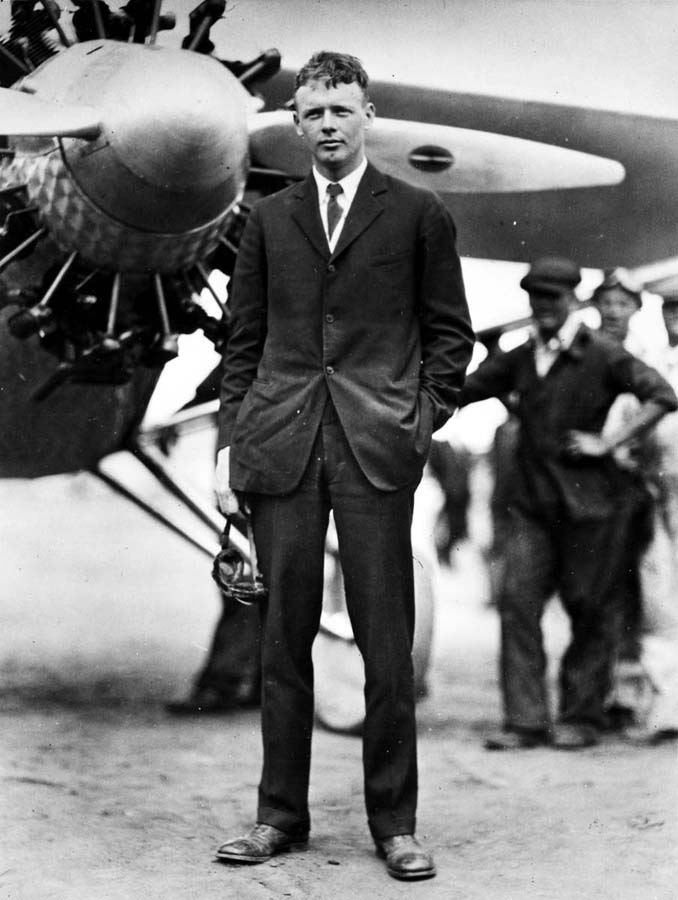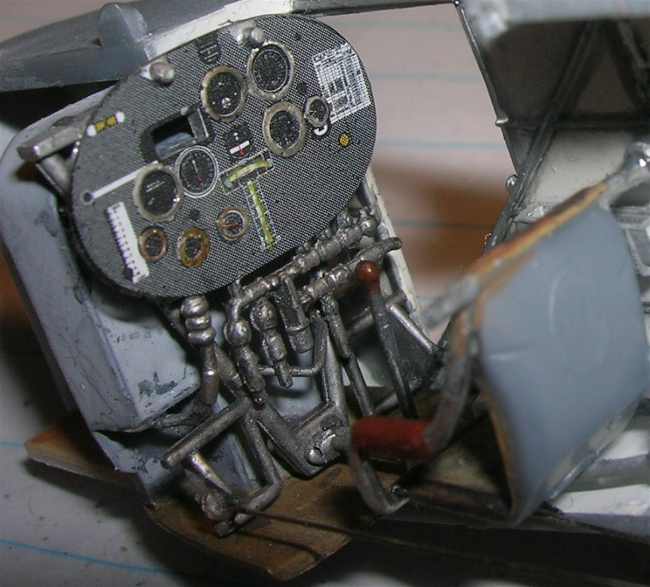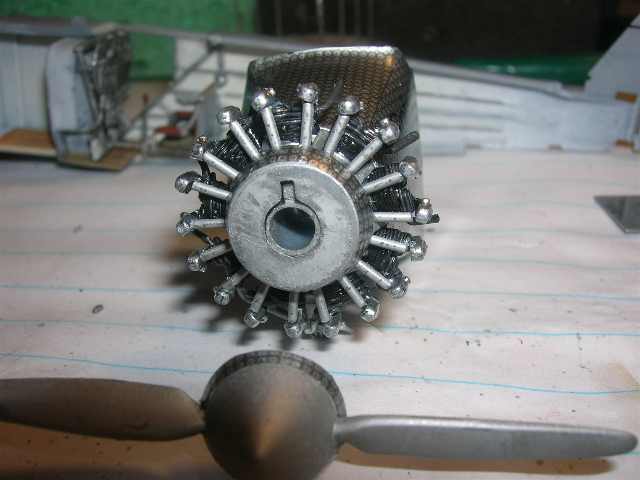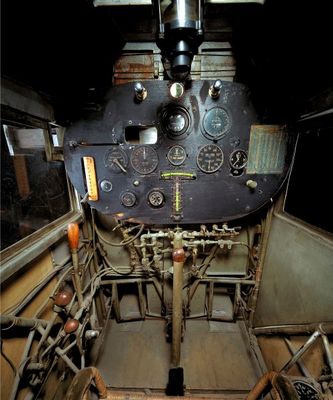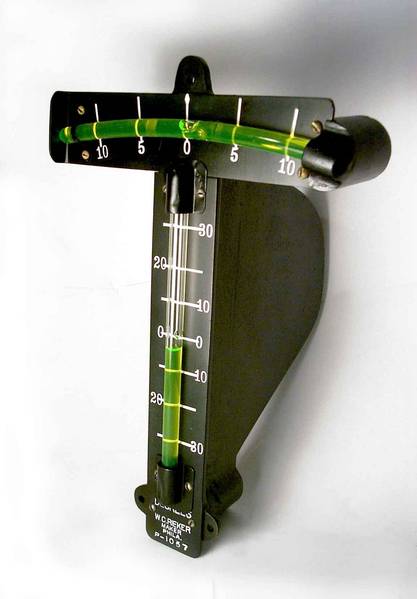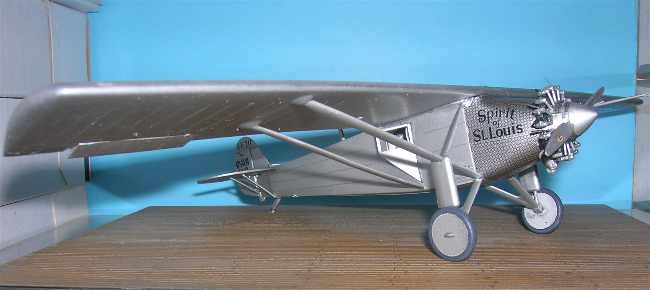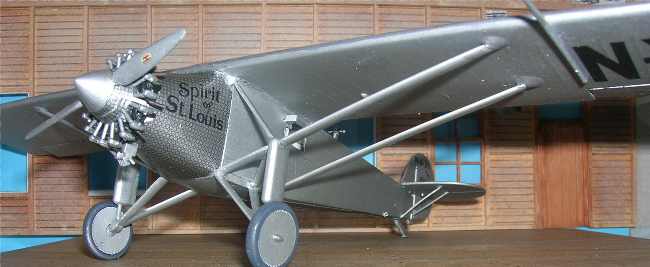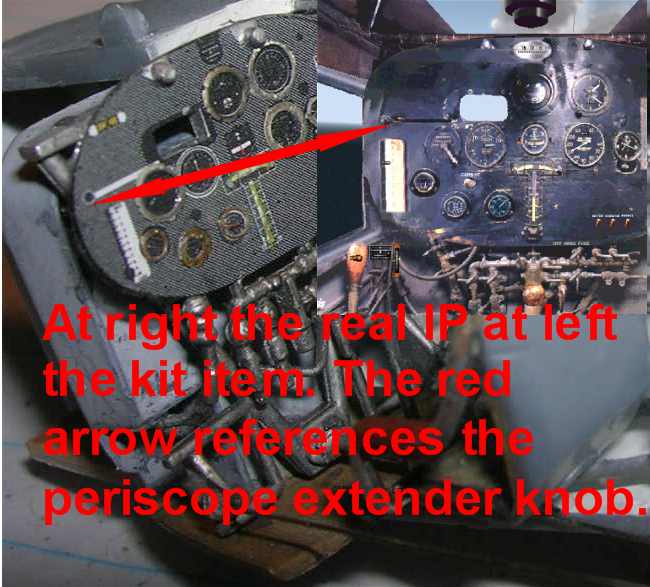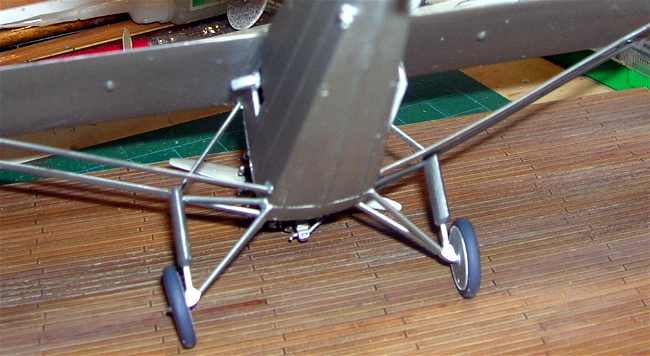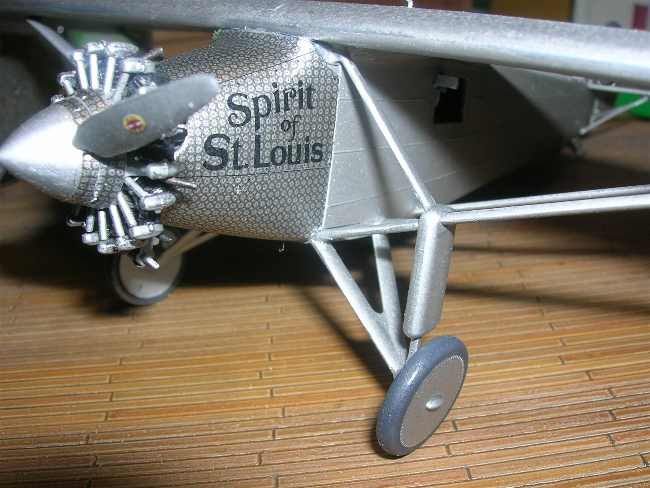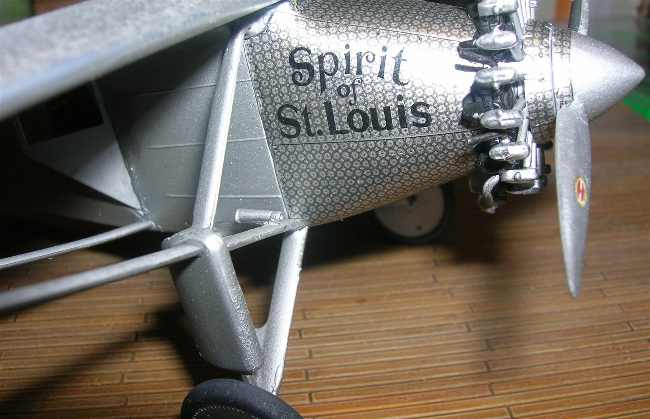In reference to Revell GmbH & Co kit # 04524 manufactured in late 2005 and sold beginning in Feb 2006 we find a typical good to fair quality kit. The history of the The Ryan NYP. The history text is ok but the misspelled a the name of the business man that put up the prize money.
Here is what one fellow wrote;
". . . It was in the fall of 1926, during the lonely hours flying the mail at night, that a young airmail pilot for Robertson Aircraft Corporation, had his first thoughts about flying across the cold Atlantic waters in an attempt to capture the elusive Orteig Prize. His name was Charles A. Lindbergh.
The $25,000 Orteig Prize, which had been offered since 1919 by a prominent New York hotel businessman, Raymond Orteig, for the first non-stop flight from New York to Paris, was not what interested Lindbergh. Instead, he was intrigued by the idea of demonstrating publicly that airplanes could safely link the United States and Europe, and at the same time, giving greater credibility to civilian pilots and commercial aviation. As for the danger of such an incredible flight, Lindbergh believed that neither the weather nor the dangers of a transatlantic crossing could be any worse than what he had already experienced pioneering the air-mail routes from St. Louis. Rain, snow, ice, and fog, could be compensated for with experience and through logical thinking. . ."
". . .Because of the support from the St. Louis backers, Lindbergh was given the freedom to pursue his dream of crossing the Atlantic in a single-engine monoplane with a single pilot, which he knew was safer and more likely of success. Mr. Bixby would later name the plane, the the Spirit of St. Louis. Having been turned down by all the major aircraft manufactures, including his attempt to purchase a Bellanca (the only pre-built plane available for such a flight), Lindbergh traveled by train to San Diego and Ryan Airlines, Inc. at the insistence of his St. Louis backers. He had queried the small company before being turned down by Bellanca.
If Ryan Airlines of San Diego could complete a specially modified aircraft, it would need to be ready in two months. Though a possible task, as far as Lindbergh was concerned his chances for success were waning.
Arriving on February 23, Lindbergh soon realized that the decision whether to place an order with Ryan, and their ability to build such a plane in 60-days, rested in his estimation on one man, Donald Hall, the new Chief Engineer. The two men, scholars of current aviation technology in there own right, and experts in their fields, had much in common. Both had attended flight school in Austin, Texas at Brooks field a year apart. Hall was 28 and Lindbergh 25. Fueled by a common interest, there was a spark between the two men, and on February 25, Lindbergh placed his order for the Spirit of St. Louis. . ."
For more on the story click here. Below is the cockpit of the real deal under const. The nose is at left. Note the fuel cell and black oval instrument panel.
